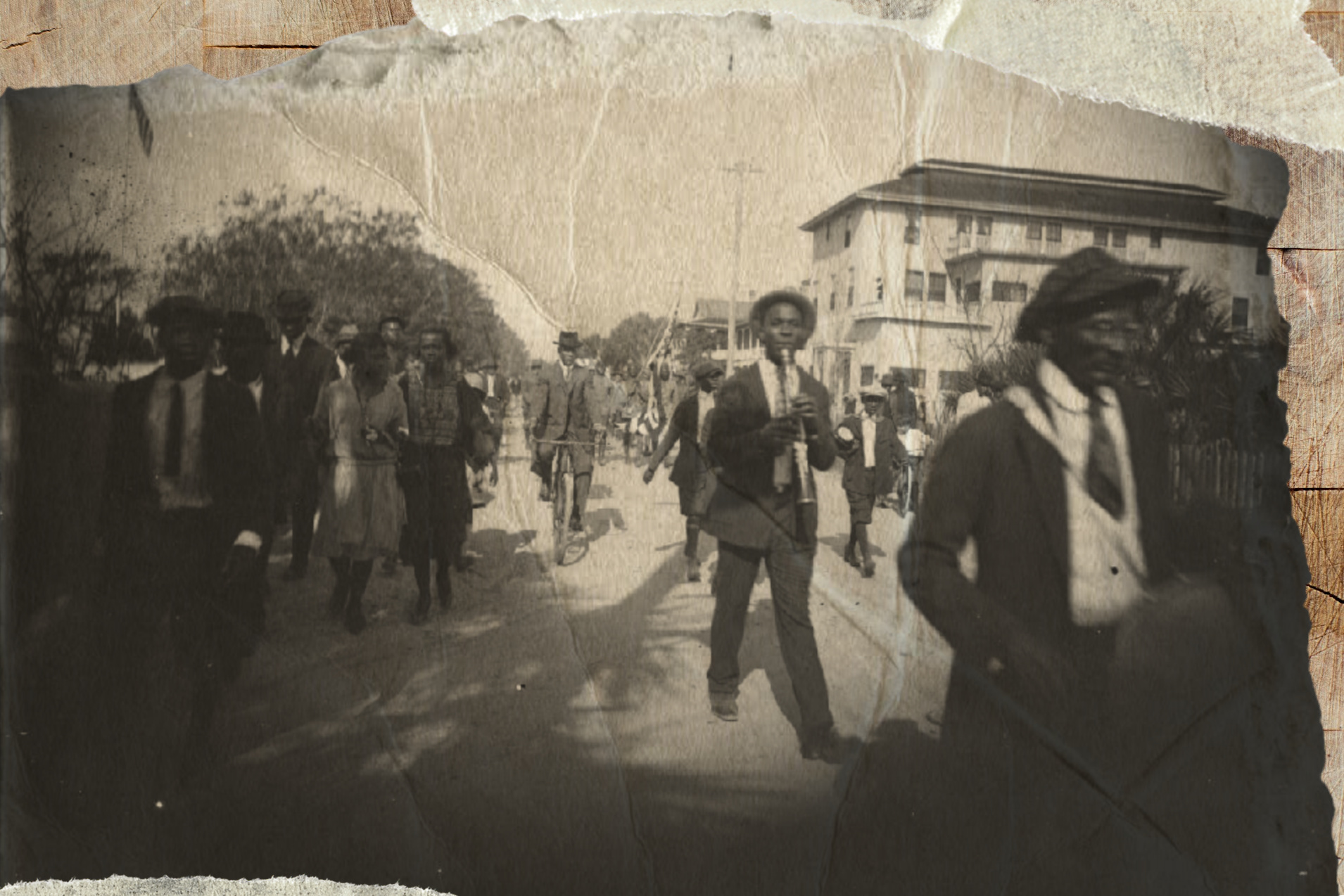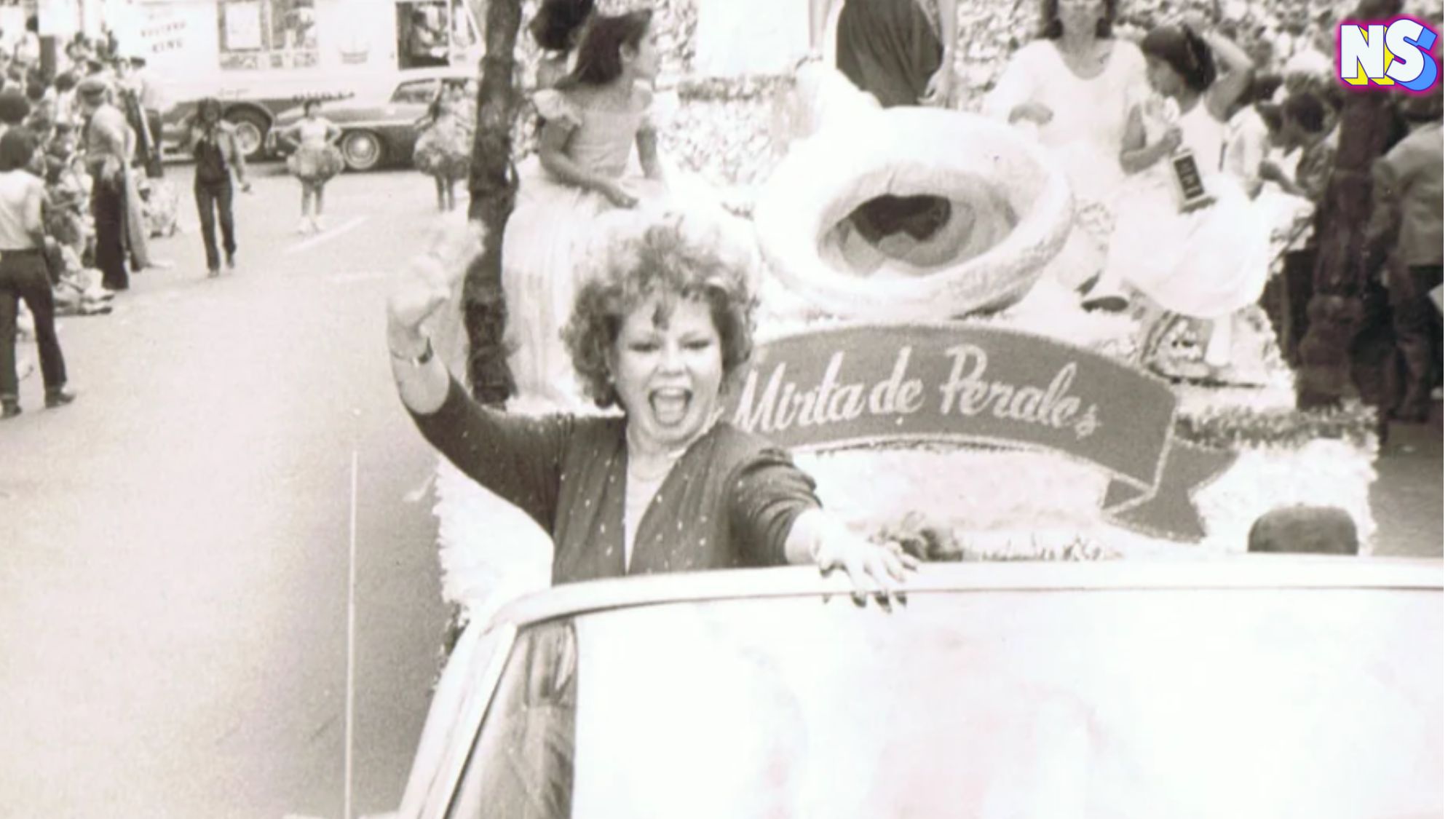Image courtesy of Nuestro Stories.
“¿Qué Pasa, U.S.A.?” was the first bilingual and bicultural sitcom to air on U.S. television. It is essential to make this distinction — it was a show geared to Latinos, specifically Cuban-Americans, living in the United States. As a result, the show is billed as one of the most authentic representations of Latinx people aired on US television.
The latter is not saying much in light of the absence of Latino content in US media. Today, the show feels like a stilted stereotype, yet it was groundbreaking at the time.
Produced from 1977-1980 by WPBT, Miami’s PBS affiliate, “¿Qué Pasa, U.S.A.?” was aimed at Cuban-American teenagers trying to balance being Latino and assimilating into a new culture — that of the United States.
The show told the story of the Peña family — a showcase for the Cuban-American experience in Miami in the 1970s.
The characters were: the stubborn head of the house, Pepe, the housewife who became a working woman, Juana, and the abuelos Adela and Antonio. They were complemented by their Americanized children — Joe, who was 17, and Carmen, 15.
The drama centered on the clash of the traditional cultural norms of the parents and grandparents and the children growing up in a changing social landscape.
In an interview with the Latino site Remezcla, Emmy Award-winning Cuban writer Luis Santeiro, who became the head writer of the show when he was just 30 years old, explains the show’s ethos.
“Some people would say, ‘You were very young when you came from Cuba. How did you know us?’ They think I’m portraying Cuba; I said, ‘No, I’m portraying Miami. I’m portraying what I saw in Miami.’”
The show’s authenticity started with those that worked in it. All the workers were from the community, including the set designer, camerapeople, and costume designer. The live studio audience was predominantly Latino. Tickets were available at bodegas, local schools, and businesses.
Its first season aired on PBS affiliates throughout the U.S. and Puerto Rico, but its success extended beyond the traditional bilingual markets.
Almost 45 years later, the use of bilingualism on “¿Qué Pasa, U.S.A.?” has not been replicated. Then, the sitcom was entirely bilingual; the characters dipped in and out of Spanish and English.
The most popular character in the show was Abuela — a sacred figure in every Latino family. Abuela Adela was played by Velia Martínez. Martínez had a successful career in Cuba before going into exile in Miami. She was the most seasoned actress on the show. However, she had a habit of ad-libbing on set, adding lines she had heard her mother say back home.
A perfect blend of cultures, there has yet to be a show that got as close as “¿Qué Pasa, U.S.A.?” There is a play — “Qué Pasa USA? Today!” — that had a recent showing in Miami — but a sitcom like the original one has yet to grace our living room television sets.
https://nuestrostories.com/wp-content/uploads/2022/06/Susanne-182×250.jpeg





